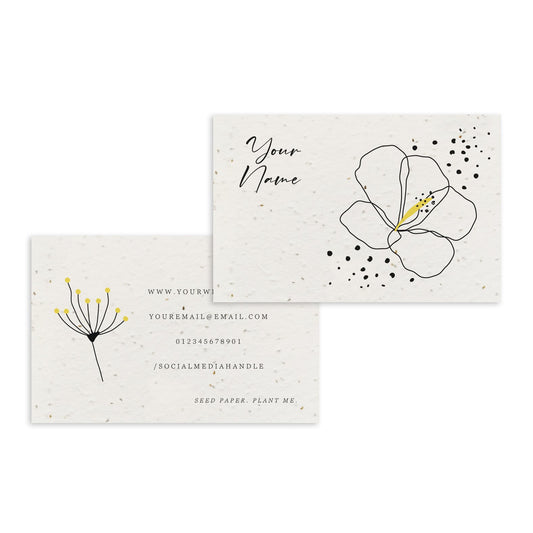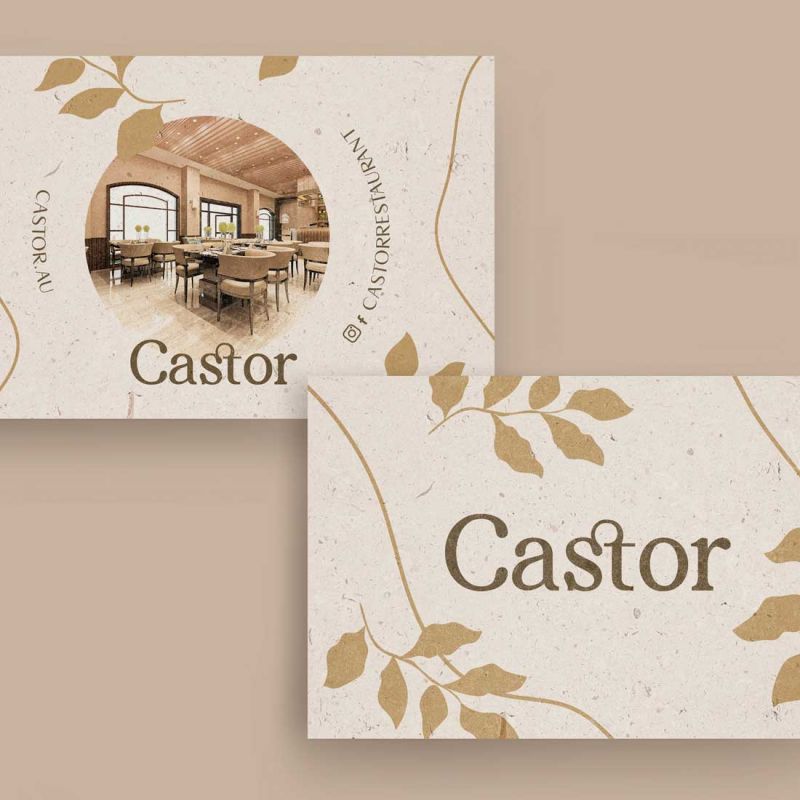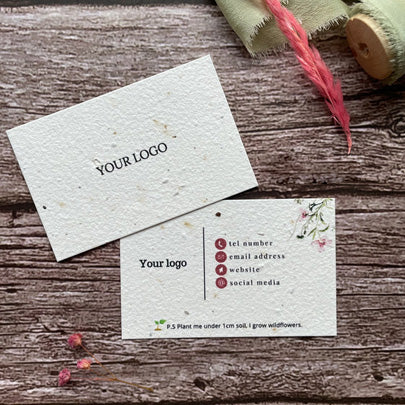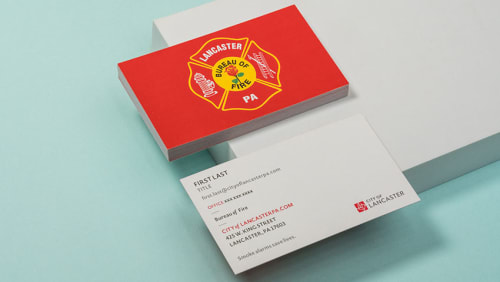Eco-Friendly Business Cards: Sustainable Printing Options

In today’s environmentally conscious world, businesses are increasingly seeking sustainable alternatives for their marketing materials. Business cards, a staple in professional networking, are no exception. This article explores eco-friendly business cards, highlighting sustainable printing options that reduce environmental impact without compromising quality or professionalism.
Why Choose Eco-Friendly Business Cards?

Traditional business cards often use non-recyclable materials and environmentally harmful inks, contributing to waste and pollution. Eco-friendly business cards help:
- Reduce carbon footprint
- Minimize waste through recyclable or biodegradable materials
- Support sustainable forestry and responsible sourcing
- Promote a positive brand image aligned with environmental values
Sustainable Materials for Business Cards

| Material | Description | Environmental Benefits |
|---|---|---|
| Recycled Paper | Made from post-consumer waste paper | Saves trees, reduces landfill waste |
| Seed Paper | Embedded with seeds that can be planted | Biodegradable and promotes plant growth |
| Bamboo Paper | Derived from fast-growing bamboo plants | Renewable, requires less water and pesticides |
| Cotton Paper | Made from cotton linters or recycled cotton | Durable, biodegradable, and recyclable |
Eco-Friendly Printing Techniques
-
Soy-Based Inks: These inks are made from soybean oil, offering vibrant colors with lower VOC emissions compared to traditional petroleum-based inks.
-
Vegetable-Based Inks: Derived from various vegetable oils, these inks are biodegradable and less toxic.
-
Water-Based Inks: Use water as a solvent, reducing harmful chemical use and improving recyclability.
-
Digital Printing: Minimizes waste by printing on demand and reduces the use of plates and chemicals.
Additional Sustainable Practices
- Minimalist Design: Using less ink and simpler designs reduces environmental impact.
- Recycled Packaging: Using recycled or biodegradable packaging materials for business card delivery.
- Local Printing: Choosing local printers to reduce transportation emissions.
FAQ
Q1: Are eco-friendly business cards more expensive?
A1: While some sustainable materials and printing methods may have a higher upfront cost, they often provide long-term savings and enhance brand reputation.
Q2: Can seed paper business cards be planted anywhere?
A2: Seed paper cards are best planted in suitable soil and climate conditions for the embedded seeds to thrive.
Q3: How durable are eco-friendly business cards?
A3: Many eco-friendly materials like cotton and bamboo paper offer durability comparable to traditional cards.
Q4: Are soy-based inks waterproof?
A4: Soy-based inks are generally less water-resistant than petroleum-based inks but can be treated for improved durability.
Conclusion
Switching to eco-friendly business cards is a practical step toward sustainable business practices. By choosing recycled or biodegradable materials and environmentally responsible printing techniques, companies can make a positive environmental impact while maintaining professional standards.
This comprehensive guide aims to help businesses make informed decisions about sustainable printing options for their business cards, aligning marketing efforts with eco-conscious values.
